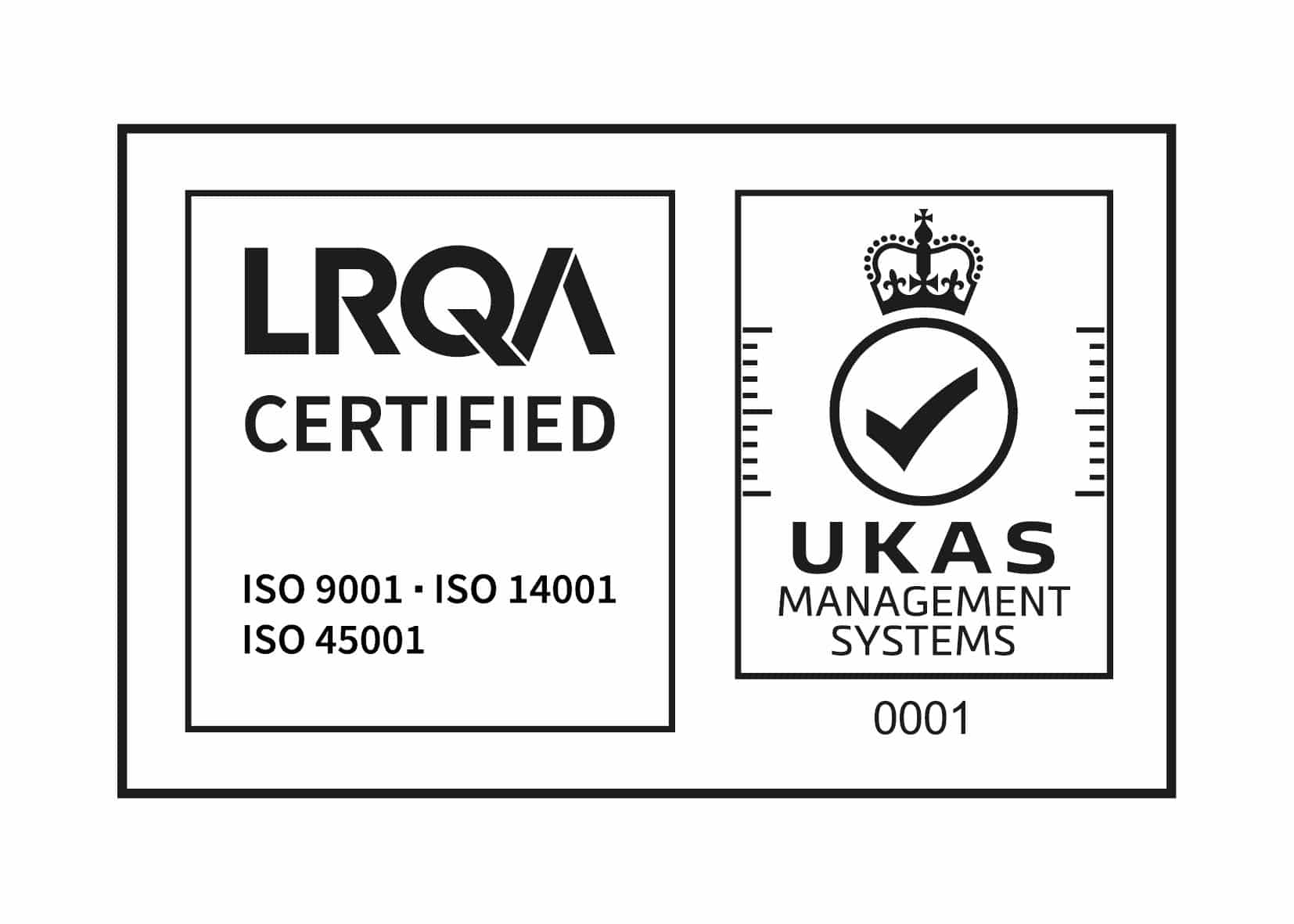Sea shipping is the most used mode of transportation worldwide, since 90% of global trade is carried by the fleets of vessels that cover all the oceans of the world every day. Though these cargo ships are all purposed for international freight transport, they can be classified in 7 categories, based on the types of loads they carry.
What are the main cargo vessels used for international trade?
Explore the world of international trade and learn about the most commonly used cargo vessels for shipping goods across the globe. From massive container ships to specialized bulk carriers and oil tankers, all of them have different functions and features.
The specificities of each cargo type mean particular conditions of handling, and they have to be transported on the most suitable kind of vessel.
What is the Meaning of ETA, ETD, ATD, & ATA in Shipping ?
Companies and people around the globe rely on precise predictions of when a vessel will arrive with a shipment of goods and services. In shipping, ETA means…
1. Container ships
It is the most common mode of sea freight transport. As the name suggests, these vessels are designed to carry standard 20′, 40′ and 45′ containers. They can accommodate most dry-load transport. Their capacity ranges from 85 TEUs (twenty equivalent units) to 15,000+ TEUs. The biggest container vessel is the Emma Maersk. Gantry cranes are used to load and unload the boxes.
2. General cargo ships
They mostly carry packaged goods but do not have space for containers. They use their own built-in cranes for loading and unloading operations once at ports.

3. Tankers
They are designed for the transport of a large amount of liquid cargoes like petroleum products (oil, gas), chemicals, wine, juice, etc. in bulk. They are further subdivided into different types based on the cargo carried.
- Oil tankers: for carrying raw oil and its by-products. These ships can hold up to two million barrels;
- Liquefied gas tankers: for LPG (liquid petroleum gas), LNG (housing liquid natural gas) or liquefied chemical gases;
- Chemical and product tankers: for chemicals and different liquid products. These ships have several tanks to avoid mixing different substances.
- Other types of tankers for juice, wine, etc.
4. Dry bulk carriers
They are structured specifically to transport solid non-packaged loose dry cargo in bulk quantities. Such carriers are then used for bagged cargo (cement, wheat, sugar…), palletized cargo (paints, chemicals…), but also for minerals (coal, iron ore…), food grains, timber … and other similar products. They are equipped with spoon-shaped cranes that allow loading and unloading and their decks have specific areas dedicated to this activity.
5. Multi-purpose vessels
They can carry a combination of all kinds of goods (general cargo, liquid), thanks to separate containers and storage systems. They are mainly used along the routes that require self-geared ships and have no shore-handling facilities available.
6. Reefer ships
They are designed for the carriage of frozen/temperature-controlled cargoes, mainly in refrigerated containers. Food and perishable goods (fruits, vegetables, meat, fish…) are transported on board such vessels where they are kept at a very low temperature in order to ensure their good condition during the voyage.
7. Roll-on/roll-off vessels
Ro-Ro ships can be further classified as below:
Ro-Ro ships can also combine the Ro-Ro system with other types of cargoes and even with passengers.
- Vessels that transport containers and wheeled cargoes are called “ConRo ships” (Ro-Lo);
- Ships that accommodate general cargo and vehicles are known as “GenRo ships”;
- Ships that transport passengers along with cars and other vehicles (ferries) are named “RoPax ships”.
What are other specifications to categorize cargo ships?
Cargo ships can also be classified under different categories based on criteria other than the load types.
Classification based on the service regularity
Cargo Liners transport freight and sometimes passengers between regular ports of call, following a fixed schedule or routing and charge a fixed contractual price to shippers. They are also called ocean cargo liners.
On the other hand, some vessels travel without a predetermined schedule or published list ports of call. Various users charter these boats to transport their goods, but some also passengers. Smaller shipping companies whose fleet is not big enough to arrange liner voyages generally go for tramp ships.
What is the Meaning of ETA, ETD, ATD, & ATA in Shipping ?
Companies and people around the globe rely on precise predictions of when a vessel will arrive with a shipment of goods and services. In shipping, ETA means…
Classification based on the ships’ capacity
Below are the vessel categories by size used since April 2020. Capacity is measured in deadweight tonnage (DWT):
- Small Handy: 10,000 to 24,999 DWT
- Handy size: 28,000 to 40,000 DWT
- Large Handy: 35,000 to 39,999 DWT
- Handymax: 40,000 to 50,000 DWT
- Traditional Supramax vessel: 50,000-60,000 DWT
- Panamax (it’s the maximum size of the vessels that can sail through the Panama Canal): 60,000 to 80,000 DWT
- Post-Panamax vessel: 79,000 to 99,999 DWT
- Aframax (oil tankers of medium size, larger than Panamax ships but smaller than Suezmax vessels): 75,000 to 115,000 DWT
- Suezmax (it’s the maximum size of the vessels that can sail through the Suez Canal): approx. 150,000 DWT
- Malaccamax (it’s the maximum size of the vessels that can sail through the Malacca Straits): 280,000 to 300,000 DWT
- Seawaymax (it’s the maximum size of the vessels that can sail through the canal locks of the St. Lawrence Seaway): 10,000 to 60,000 DWT
- Capesize (ships that cannot sail through the Panama Canal or Suez Canal but can pass through the Cape of Good Hope and Cape Horn): 100,000-129,999 DWT for Mini Capesize, 130,000 to 199,999 DWT for standard Capesize and 200,000+ DWT for Large Capesize
- VLCC (Very Large Crude Carrier): supertankers with 150,000 to 320,000 DWT capacity
- ULCC (Ultra Large Crude Carrier), supertankers with 320,000 to 550,000 DWT capacity
Conclusion about the 7 types of cargo ships
Considering the growth of global trade, the demand for sea transportation is expected to increase significantly in the coming years. The cargo ships will hence keep on playing a strategic role and have to get smarter to meet customers’ new expectations. The shipping lines have achieved important progress in new technology adoption and process automation. However, there is still a long way ahead of us until fully autonomous vessels.
Frequently Asked Questions About Types of Cargo Ships
The most common types of cargo ships used in international trade are bulk carriers, container ships, tankers, Roll-on/Roll-off (RO-RO) ships, refrigerated cargo ships, specialized cargo ships such as LNG carriers and car carriers, and multi-purpose vessels.
Container ship, General cargo ship, tankers, dry bulk carriers, multi-purpose vessels, reefer ship, Roll-on/roll-off vessels.
RoRo ships are designed to carry cars, agricultural tractors, mining and road machinery, trucks, semi-trailer trucks and trailers, buses, industrial vehicles, lorries
The shipping industry is adapting to meet the growing demand for sustainable and environmentally friendly shipping solutions. This includes the use of more energy-efficient ships, the adoption of alternative fuels, and the implementation of waste management and recycling systems onboard cargo ships.
Refrigerated cargo ships, also known as reefers, are used to transport perishable goods that require temperature-controlled environments, such as fruit, vegetables, and frozen foods.





